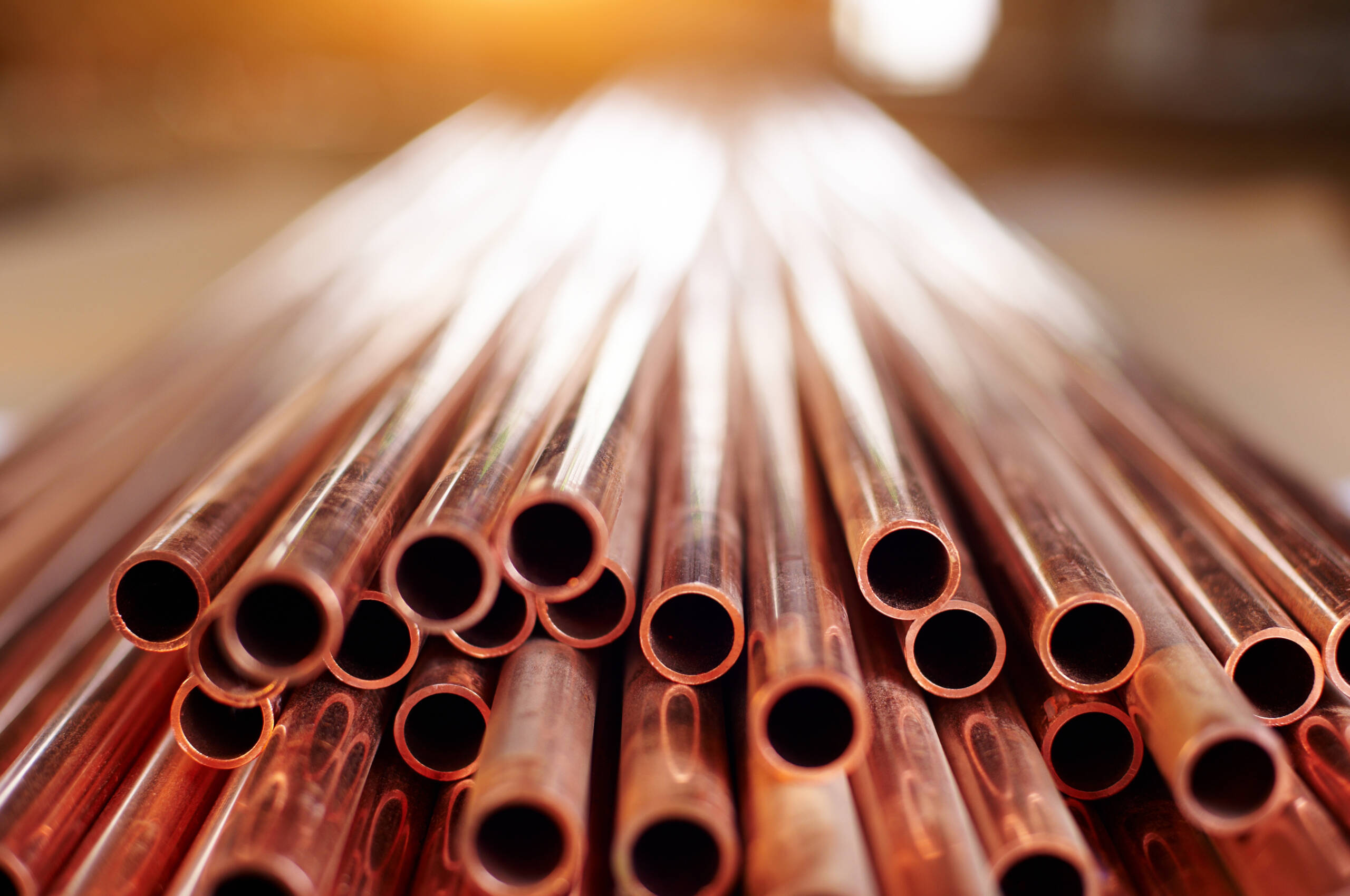China in October dramatically increased imports of fossil fuels, industrial metals and agricultural commodities, a run on raw materials that if sustained will have a major impact on prices and supply chains.
China continued to increase its ferocious energy consumption, hiking imports of natural gas 120.1% year-on-year to 8.8 million tons, coal 23.3% to 36 million tons, and crude oil 13.6% to 49 million tons.
It also increased imports of industrial metals used in construction, automotive, high-tech, and defense, buying 23.8% more copper, up to 2.3 million tons, and 4.9% more iron ore, up to 99.4 million tons. One possible reason for the increased demand for commodities is a rebound in the real estate market. The Chinese central bank has simplified lending rules, given first-time home buyers lower interest rates, and will issue hundreds of billions of dollars’ worth of bonds for infrastructure.
In agriculture markets, China reduced shipments of meat, but increased imports of fruits and nuts 26.4%, grain 38.4%, soybeans 25.2% and vegetable oil 27.2%.
Buying from Africa and Latin America
Given this hungry appetite for commodities, it’s no wonder that China is increasing trade with resource-rich countries of Africa and Latin America. Imports into China from Latin America jumped 28% to $20.7 billion. Imports from Brazil increased 40.4% to $10.6 billion. Imports from Africa jumped 22.9% to $10 billion, and imports from South Africa rose 23% to $2.9 billion.
Overall, Chinese imports rose 3% year-on-year to $218.3 billion, while exports declined 6.6% to $274.8 billion. The resulting trade surplus, $56.5 billion, dropped over 30% from $77.7 billion in September.
Volatility of Global Trade
Global trade is in the most volatile period it’s been in since the end of the Cold War. There are wars ongoing in Ukraine and the Middle East, a green energy and electric car revolution, rising protectionism and tension between China and its top trading partners, the U.S. and Europe.
It remains to be seen whether China will continue to aggressively expand its trade with the Global South. By comparison, imports from the EU rose 6.8% to $22.7 billon. Imports from the U.S. fell 2.3% to $12.3 billion. Imports from ASEAN countries rose 10% to $36.7 billion. Imports from Japan fell 7.8% to $13.5 billion. Even the China-Russia trade boom seems to be finally leveling off: Purchases from Russia rose only 7.2% to $11.1 billion.
The Problem of China’s Export Slump
The rising imports contrasted with a continued drop in exports. The slump is cutting across almost all commodities. Exports of high-tech products fell 8% to $74.8 billion. Exports of luggage, footwear, toys and textiles all dropped.
Underlying those declines is the persistence of weakening economies in rich countries. Exports to the EU fell 12.2% to $38.6 billion. Exports to the U.S. dropped 7.6% to $43.2 billion. Exports to ASEAN countries decreased 12.6% to $41.5 billion. Exports to Japan fell 12.8% to $12.9 billion.
There were exceptions in some markets, including, as has always been the case recently, in automotive. But it wasn’t just cars. Exports of ships rose 34.3% to $2.8 billion, and sales of mobile phones rebounded, rising 21.8% to $18.7 billion.
Solutions to Trade Wars
One of the causes of lower exports is that foreign direct investment into China by foreign companies has been dropping. Beijing has said that FDI declined almost $12 billion year-on-year in the quarter between July and September.
Chinese prime minister Li Qiang promised this weekend to make China a more attractive place for foreign companies to invest, an “continue to create a market-oriented, legal, and international business environment.”
And China is also working to reduce protectionism. Its trade officials have been in talks with Australia to resume trading after a breakdown in trade ties over a series of disputes, amplified by Australia’s inquiries into the origins of Covid-19.


